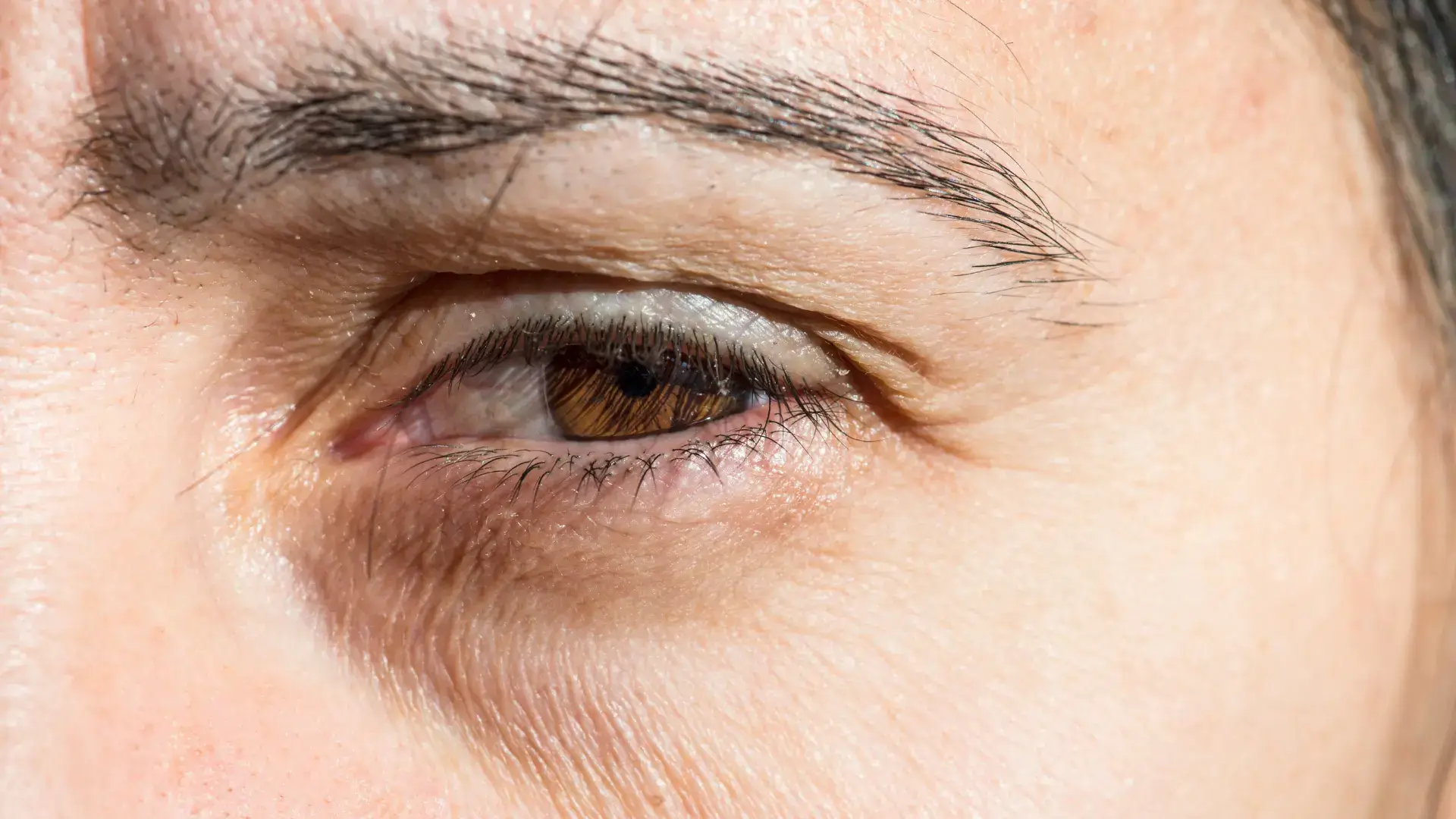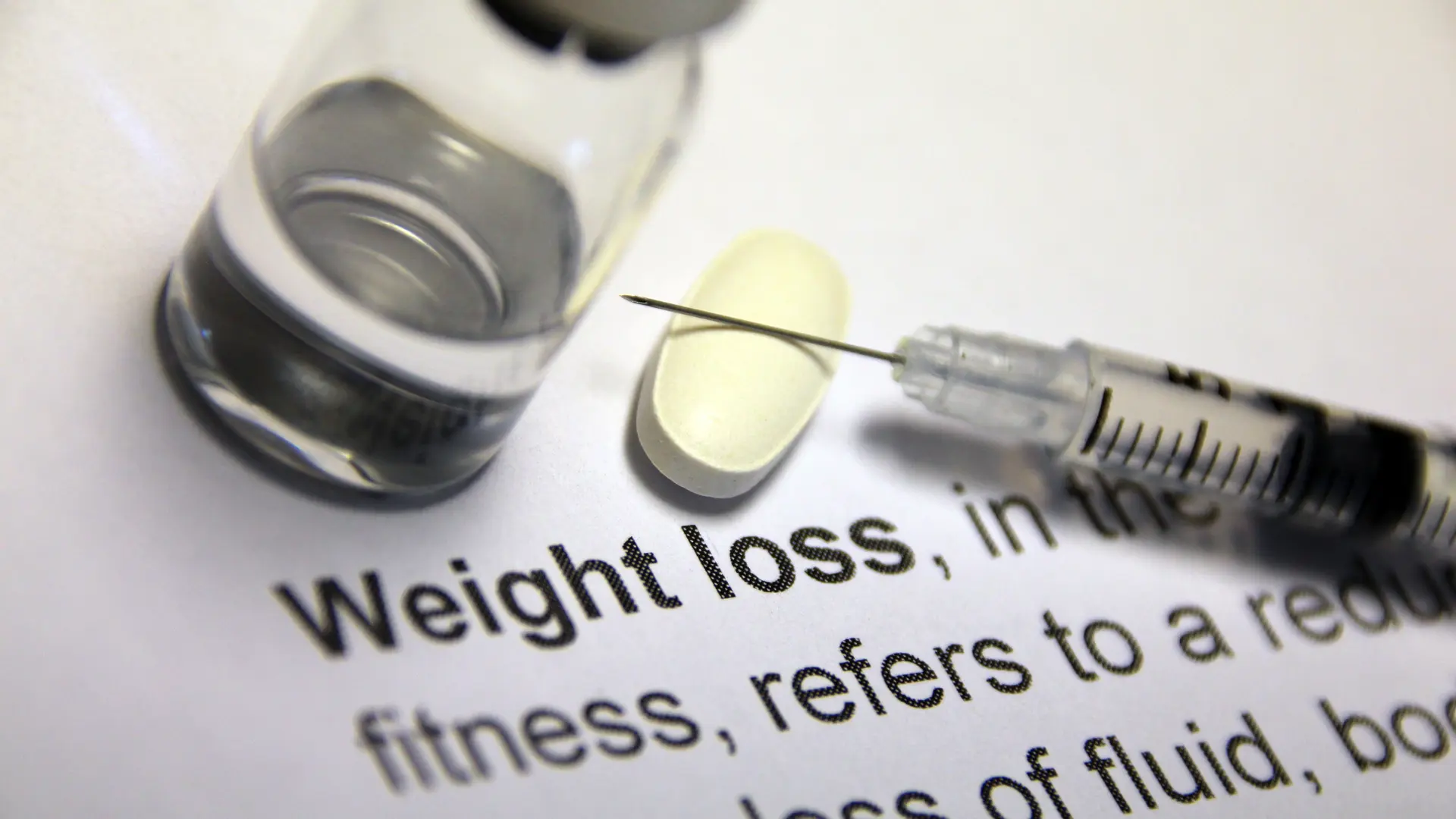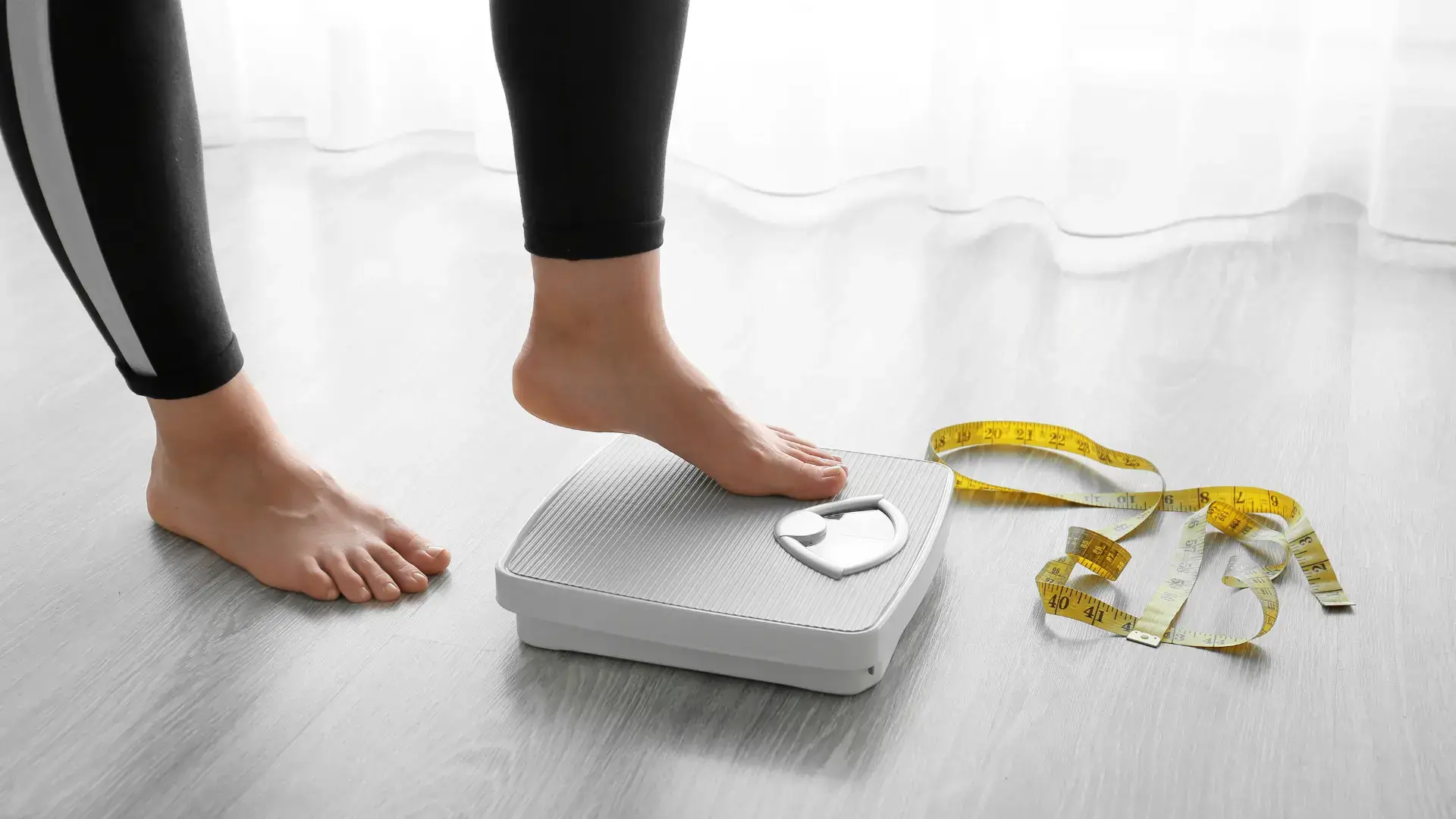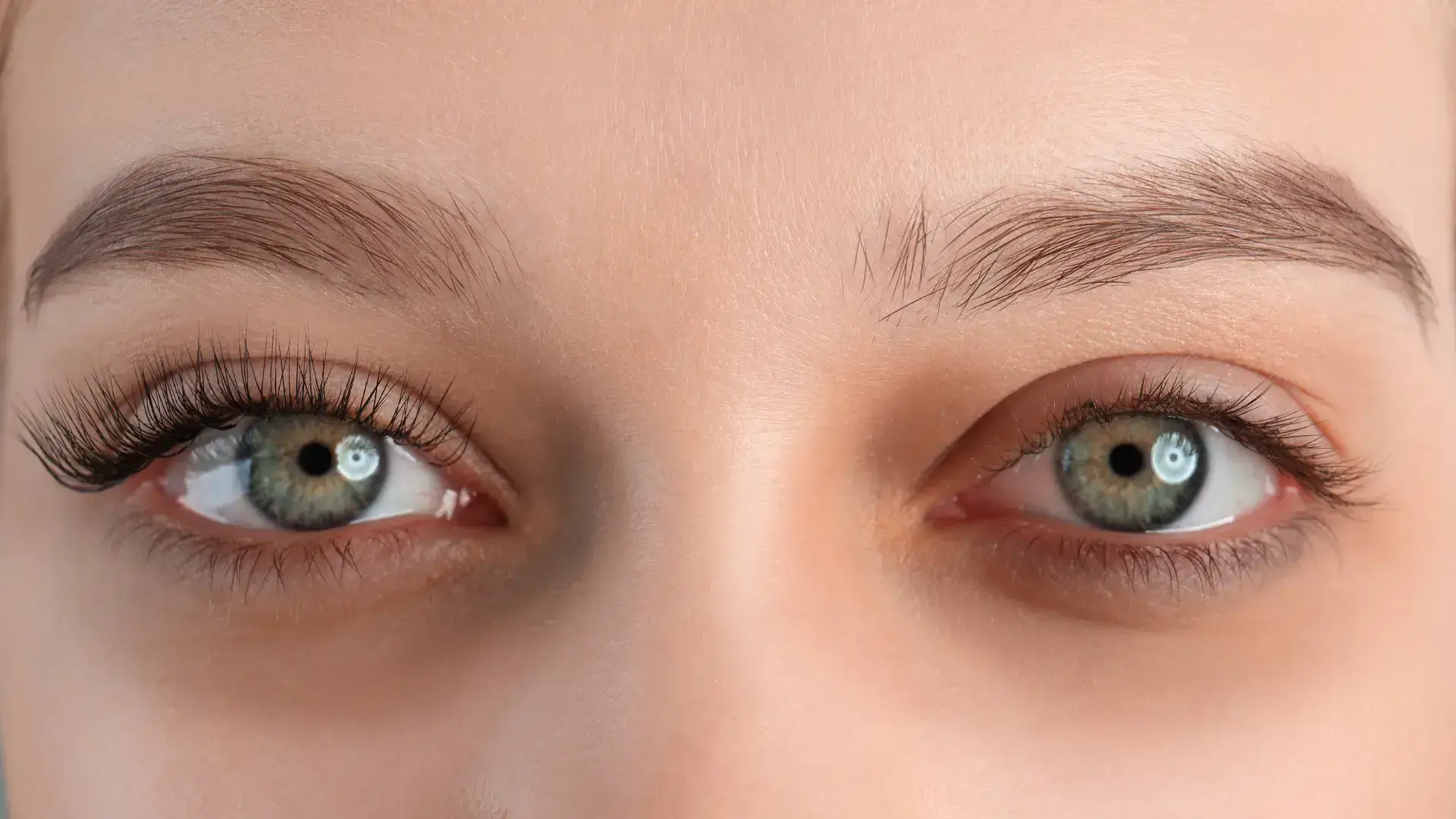According to Vrcek et al. (2016), dark circles under the eyes originate from many parts of the face. The skin, soft tissues under the skin, the muscles around the eye, and other parts all play a part. This study emphasizes that understanding these parts of the face is essential for managing and treating dark circles.
Individuals grappling with under-eye issues seek practical solutions to restore their youthful glow. Hyaluronic acid dermal fillers have surfaced as a promising option for addressing various facial skin concerns. Restylane Eyelight stands out as it is designed to enhance the under-eye area by filling in hollows and diminishing shadows, imparting a refreshed and rejuvenated appearance.
This article will explain the mechanism and benefits of using Restylane injections under eyes, Restylane Eyelight’s injection techniques, safety profiles, and patient selection criteria.
Key Takeaways
- Restylane Eyelight dermal filler has an approved indication for improving infraorbital hollowing in patients over 21.
- Providers can inject Restylane Eyelight using different techniques, such as linear threading, serial puncture, fanning, micro bolus, or a combination of these injection techniques.
- Understanding the contraindications of the Restylane injections under eyes can ensure patients a safe and effective treatment.
- For most patients, these temporary reactions occurred two days after the injection, were mild, and resolved within seven days.
- The study also highlights Restylane injections under eyes as a well-tolerated treatment solution, with 87% of patients experiencing no adverse events.
About: Medica Depot is your trusted all-in-one supplier, offering a range of high-quality medical injectables and supplies. Buy Restylane online at Medica Depot today! Whether for health professionals, plastic surgeons, dermatologists, licensed estheticians, or other specialists, we can offer genuine, brand-name products you may need. With Medica Depot, we prioritize serving you better to improve the patient’s quality of life.
How Restylane Works for Under-Eye Treatments

Restylane injections have a collection of US Food and Drug Administration-approved dermal fillers with specific approved facial skin uses. Each hyaluronic acid (HA) dermal filler targets specific facial regions, improving skin after treatment. This HA-based filler requires administration under the skin to address patients’ skin concerns.
With medical professionals’ guidance and expertise, Restylane can restore volume, smooth out aging signs, and hydrate the skin. HA serves as an active and primary ingredient in Restylane products’ injectables. Its ability to retain water, heal wounds, and hydrate results in facial rejuvenation. The newest product to the Restylane collection has already proven its safety and efficacy.
For individuals seeking Restylane injection under eyes treatment, the brand introduced Restylane Eyelight. This HA dermal filler has an approved indication for improving infraorbital hollowing in patients over 21. It replenishes lost volume, smoothing out under-eye hollows and fine lines.
This treatment effectively reduces the appearance of dark circles caused by shadowing. Doctors can also use different filler types from this brand for specific issues, including Restylane for marionette lines, tear troughs, or nasolabial folds.
Injection Techniques for Under-Eye Restylane Treatments
Medical professionals know the most appropriate injection technique for each patient’s skin concerns, injection site, and product used. They can inject Restylane Eyelight utilizing several methods, such as linear threading, serial puncture, fanning, micro bolus, or a combination of these injection techniques.
The techniques may depend on the physician’s experience, preference, and patient characteristics. To administer Restylane injections under the eyes, they must use an ultrafine needle or cannula. The gel is a smooth, viscous formulation that requires correct injection techniques to achieve optimal results.
Moreover, the under-eye area requires a delicate and precise injection technique to achieve natural-looking results without overfilling or causing undue stress to the sensitive area. Healthcare providers with an in-depth understanding of the facial anatomy must administer Restylane injections under eyes. This minimizes complications and risks, avoiding critical structures like blood vessels and nerves.
Restylane Eyelight also contains 0.3% lidocaine, which can alleviate patient discomfort during the procedure. This component is a local anesthetic substance that numbs the treatment area to ensure patient comfort. However, medical professionals may still apply numbing cream depending on the patient and their judgment.
Patient Selection Criteria for Under-Eye Restylane Treatments

According to Restylane Eyelight’s patient safety information, patients must first seek a medical professional to discuss their medical history and determine if they’re appropriate candidates for the treatment. This thorough consultation includes discussing the patient’s overall health, skin concerns, aesthetic goals, expectations, treatment process, benefits, and potential risks.
Understanding the contraindications of the Restylane injections under eyes can ensure patients a safe and effective treatment. Patients must not receive Restylane Eyelight if they have the following conditions:
- Have severe allergies with a history of severe reactions (anaphylaxis) or multiple severe allergies.
- Have an allergy to lidocaine.
- Have an allergy to proteins used to make the hyaluronic acid in Restylane Eyelight.
Restylane Eyelight is suitable for people aged 21 and above experiencing volume loss and skin laxity under the eyes. However, those with health conditions like diabetes, oncology, autoimmune disorders, epilepsy, or who are pregnant or breastfeeding may not be suitable candidates.
Patients may also consider various factors before consulting with a medical professional. These include considering the risks, benefits, and supporting evidence. They should also consider whether the treatment aligns with the patient’s values and preferences and is accessible at a reasonable cost.
Potential Side Effects of Under-Eye Restylane Treatments
Like other medical or aesthetic treatments, Restylane Eyelight may also cause temporary side effects after treatment. These common symptoms may resolve over time, but patients must seek medical attention when they persist.
For most patients, these temporary reactions occurred two days after the injection, were mild, and resolved within seven days. These can be managed by following the doctor’s instructions, applying cold compresses, and avoiding strenuous activities for a few days.
- Pain (including burning sensation)
- Tenderness
- Redness (erythema)
- Bruising
- Swelling
- Lumps/Bumps (papules/nodules)
- Itching (pruritus)
If some side effects last 30 days, medical professionals may recommend treating them with medications, such as antibiotics, drugs to reduce Inflammation, medicines to relieve pain, or drugs to ease allergy symptoms. These local drugs widen blood vessels, surgical procedures, or hyaluronidase, which breaks down hyaluronic acid.
Furthermore, rare but severe side effects can include numerous symptoms and require immediate medical attention. Discussing potential risks with your healthcare provider before treatment is crucial, allowing patients to make informed decisions for their treatment and recovery periods.
- Skin necrosis (death of tissue) with temporary scabs
- Permanent scarring of the skin
- Vision changes (including blindness)
- Stroke
Clinical Efficacy and Safety Profile of Restylane for Under-Eye Treatments

Restylane Eyelight received US FDA approval based on efficacy and safety data from clinical trials. According to the Phase 3 study, Restylane Eyelight reduced under-eye hollowness in 87% of patients at three months. At 12 months, 84% were still pleased with their results, and around 94% would want to repeat the treatment after a year.
The study also highlights Restylane injections under eyes as a well-tolerated treatment solution, with 87% of patients experiencing no adverse events. Additionally, 88% of user reviews on RealSelf rated Restylane as a worthy aesthetic treatment.
Thanks to its Non-Animal Stabilized Hyaluronic Acid (NASHA) technology, Restylane Eyelight offers longer-lasting results due to a lower immune response than traditional HA dermal fillers. While side effects may occur post-treatment, it’s worth noting that these typically subside over time, and a high rate of patients have not experienced severe symptoms.
Conclusion
Restylane injections under eyes work by restoring lost volume and smoothing out skin, making it look plumper. The precise injection techniques used for the under-eye area ensure natural-looking results without overfilling the delicate area. Medical professionals can determine if patients are ideal candidates for Restylane Eyelight, making a thorough consultation necessary.
While Restylane Eyelight treatments may cause temporary side effects such as swelling, bruising, and itching, these typically resolve independently within a few days to a week. Moreover, its clinical efficacy and safety profile for under-eye treatments is well-established, with positive patient experiences and consistent results.
FAQs
1. What is Restylane Eyelight, and how does it work for under-eye treatments?
Restylane Eyelight is a hyaluronic acid dermal filler designed to improve infraorbital hollowing in patients over 21. It replenishes lost volume, smooths out under-eye hollows, and diminishes shadows, reducing the appearance of dark circles.
2. What injection techniques are used for under-eye Restylane treatments?
Medical professionals can use techniques such as linear threading, serial puncture, fanning, micro bolus, or a combination of these injection techniques, depending on the patient’s skin concerns, injection site, and product used.
3. Who is a suitable candidate for under-eye Restylane treatments?
Patients should seek a medical professional to discuss their medical history and determine if they are appropriate candidates for the treatment. A thorough consultation includes discussing overall health, skin concerns, aesthetic goals, expectations, treatment process, benefits, and potential risks.
References
- Vrcek, I., Ozgur, O., & Nakra, T. (2016). Infraorbital Dark Circles: A Review of the Pathogenesis, Evaluation and Treatment. Journal of cutaneous and aesthetic surgery, 9(2), 65–72. https://doi.org/10.4103/0974-2077.184046
- Restylane ® Eyelight. (n.d.). In Restylane USA. Retrieved May 24, 2024, from https://www.restylaneusa.com/docs/Restylane-Eyelight-IFU









